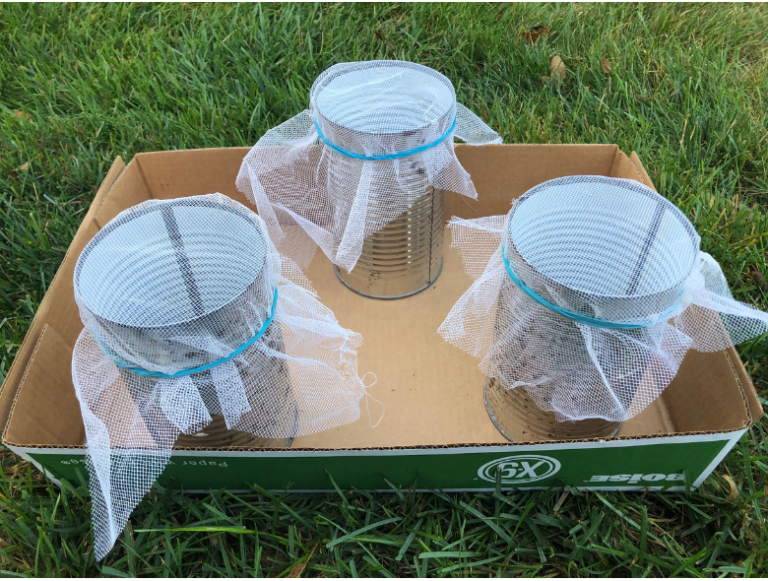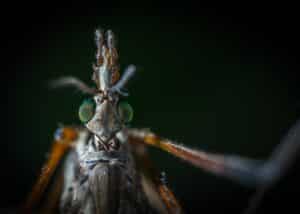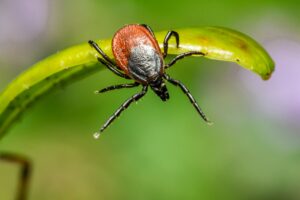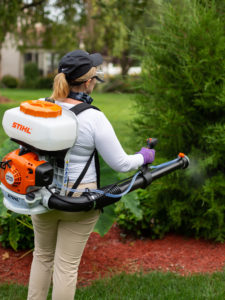Spotted Lanternflies, How are They Pests?
At first look, this particular insect might seem innocent, but they are invasive pests!
How you might wonder?
According to the USDA APHIS, Spotted Lanternflies are harmful to several trees (woody and ornamental) and fruit crops. They were first seen in the United States in 2014 (Pennsylvania) and are natives of China.
The species is a “hitchhiker” and travel on the products that they infest on. Most importantly, they can travel on vehicles, clothes, etc. They secrete a substance called honeydew, which causes a black mold on plants and wood surfaces. Thus, this harms the life of many agricultural products.
These include common plants and places in your backyard:
- Oak trees
- Willow trees
- Pine trees
- Grape vines
- Apple trees
- Brick
- Many More
Integrated Pest Management (IPM)
To control the SLF infestation, a proper management plan needs to be put in place. When done properly IPM will disrupt the Spotted Lanternfly (Lycorma delicatula) life cycle and prevent the spread of SLF outside the current Spotted Lanternfly infestation zones.
Therefore, with the IPM approach, spray for Spotted Lanternfly nymphs from May through September and spray for Spotted Lanternfly adults from July through the end of December.

Natural Products Work to Get Rid of SLF
Stop The Bites®! conducted direct application tests to determine if a natural product will kill Spotted Lanternflies.
A few questions that came to mind:
- Will adult SLF die when sprayed directly?
- Will nymph SLF die when sprayed directly?
- Will SLF have a residual kill effect when the product is applied to vegetation?
So, how did they conduct these tests?
One application was on the trunk of a Black Walnut tree and another on a Tree of Heaven. Dozens of nymph and adult SLF were on the bases of the trunks at the time of application. Application of the natural product was two feet away from the trunk of the tree. Additionally, the application was complete after the coating of the trunk and SLFs. Researchers found all the adults and nymphs died within ten minutes of application!
The second test figured out if the product provided residual kill when applied to vegetation. 50 grams of grapes leaves were treated with Stop the bites and sat for 24 hours. Then, the leaves were put into large cans with netting on top.
Every day (for 20 days), each can had an addition of new SLFs nymphs and adults. Also, there was a control can with no treated leaves. Overall, researchers found a 100% mortality rate for both nymphs and adults up to 19 days!

Where are SLFs in the United States?
Since Spotted Lanternflies are very invasive pests, if you happen to see one (or several), please report it to your state’s department of Agriculture. Each state below has a link to the reporting site.
Current states where SLFs are:
Remember, SLFs lay their eggs in the fall season, typically in a mass of 30-50 eggs. Stop the spread, report it!
Here is a great video from Penn State Extension of how to manage Spotted Lanternflies throughout the seasons.
Conclusion
Spotted Lanternflies may look deceiving, they are not an insect to gawk over, but they are an invasive pest.
In response, if you live in one of the zoned areas, please report to the department of agriculture of any sightings of SLFs.
In conclusion, a great, safe, natural product may be used to kill SLFs. The recommendation for adults is to use a mix rate of 8 to 10 ounces of Stop the Bites®! per gallon of water. However, do not use this amount for tick or mosquitoes and do not spray on agricultural crops.





